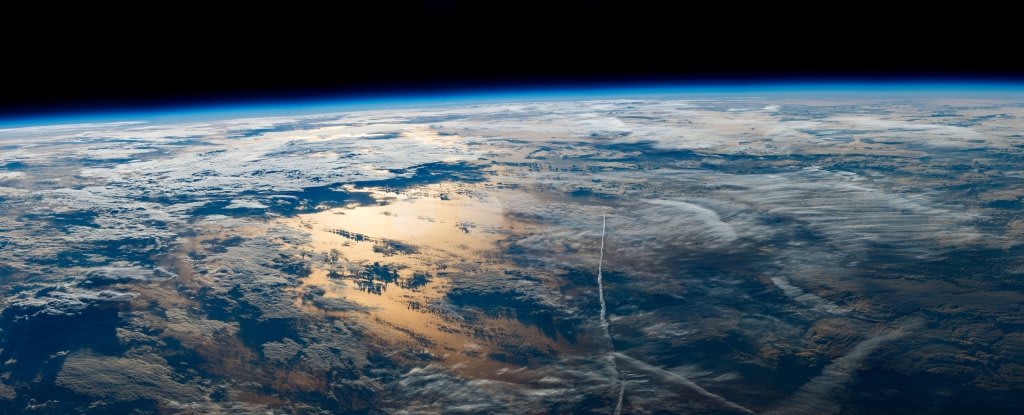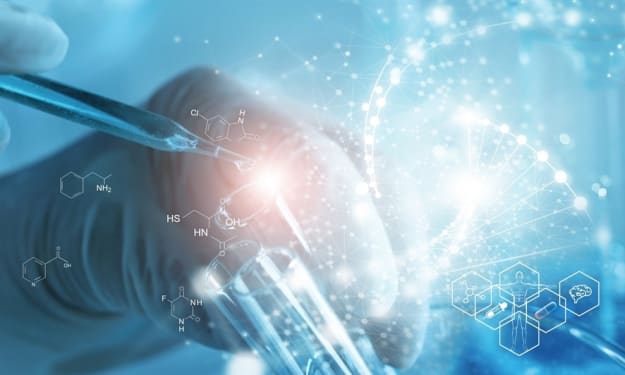Unmasking the Culprits: Exploring the Causes of Ozone Depletion
The future of ozone layer

Introduction
The ozone layer, a protective shield in the Earth's atmosphere, plays a crucial role in safeguarding life on our planet. However, in recent decades, concerns about ozone depletion have raised alarm bells worldwide. This article aims to delve into the causes of ozone depletion, shedding light on both human-induced and natural factors. By understanding the root causes of this phenomenon, we can better comprehend its implications for the environment and human health, and take steps to protect the ozone layer.
What is the Ozone Layer and Why is it Important?
The ozone layer refers to the region in the Earth's stratosphere that contains a high concentration of ozone (O3) molecules. It acts as a natural shield, filtering out a significant portion of the sun's harmful ultraviolet (UV) radiation before it reaches the Earth's surface. This protection is vital as excessive exposure to UV radiation can lead to a range of health issues, including skin cancer, cataracts, and weakened immune systems.
The History of Ozone Depletion
The discovery of the ozone layer can be attributed to a team of scientists in the 1920s, who first identified the presence of a layer rich in ozone in the Earth's atmosphere. However, it was not until the 1970s that concerns about ozone depletion gained prominence. The groundbreaking research by British scientists Joe Farman, Brian Gardiner, and Jonathan Shanklin in 1985 revealed a significant depletion of ozone over the Antarctic region, which came to be known as the "ozone hole."
Understanding the Causes of Ozone Depletion
Ozone depletion is primarily caused by the release of certain chemicals into the atmosphere, namely chlorofluorocarbons (CFCs), halons, carbon tetrachloride, and methyl chloroform. These chemicals, commonly used in various industrial and consumer products, contain chlorine and bromine atoms that can break down ozone molecules. When these harmful substances reach the stratosphere, they are broken down by UV radiation, releasing chlorine and bromine atoms that catalytically destroy ozone molecules.
The Role of Human Activities in Ozone Depletion
Human activities have been the primary contributors to ozone depletion. The widespread use of CFCs in aerosols, refrigerants, and foams has been a major source of concern. The release of these chemicals into the atmosphere results from their production, usage, and eventual disposal. While efforts have been made to phase out the use of CFCs through the Montreal Protocol, their long atmospheric lifetimes mean that their effects will continue to be felt for many years.
Natural Causes of Ozone Depletion
While human activities are the dominant cause of ozone depletion, natural phenomena can also influence the ozone layer. Volcanic eruptions, for instance, release large amounts of sulfur dioxide into the atmosphere. This sulfur dioxide can react with other gases to form tiny particles that deplete ozone. Additionally, the variations in solar activity, such as solar flares and sunspots, can impact the overall ozone levels in the Earth's atmosphere.
The Current State of the Ozone Layer
In recent years, there have been positive developments in the recovery of the ozone layer. The implementation of international agreements, such as the Montreal Protocol, has resulted in the reduction of ozone-depleting substances. As a result, the ozone layer has shown signs of healing, particularly in regions with the most severe depletion, such as the Antarctic. Nevertheless, challenges remain, and continued monitoring and adherence to protocols are essential to ensure the complete recovery of the ozone layer.
Is There Still a Hole in the Ozone?
While significant progress has been made in reducing ozone depletion, the existence of the "ozone hole" over the Antarctic region is still a cause for concern. Although the size of the ozone hole fluctuates from year to year, it continues to form during the Antarctic spring, resulting in a temporary reduction in ozone levels. This hole serves as a reminder that ongoing efforts are necessary to maintain and protect the ozone layer.
The Impact of Ozone Depletion on the Environment and Human Health
The consequences of ozone depletion extend beyond the depletion of the ozone layer itself. Increased UV radiation reaching the Earth's surface can have far-reaching effects on both the environment and human health. UV radiation can harm marine ecosystems, disrupting the growth and development of phytoplankton, which form the foundation of the ocean food chain. On land, it can affect plant growth and agricultural productivity. Meanwhile, human health risks include skin cancer, cataracts, and weakened immune systems.
Protecting the Ozone Layer: International Efforts and Regulations
Recognizing the urgent need to address ozone depletion, the international community took action by adopting the Montreal Protocol in 1987. This landmark agreement aimed to phase out the production and usage of ozone-depleting substances. The protocol has been successful in reducing the emissions of these substances, and its effectiveness is evident in the gradual healing of the ozone layer. However, continued vigilance and adherence to the protocol's provisions are essential to ensure the long-term protection of the ozone layer.
Conclusion
Unmasking the culprits behind ozone depletion is crucial for understanding the complex interplay between human activities and natural factors that affect the ozone layer. While significant progress has been made in reducing ozone-depleting substances, the existence of the ozone hole over the Antarctic serves as a reminder that continued efforts are necessary. By staying committed to international agreements and regulations, we can safeguard the ozone layer, protect the environment, and ensure the well-being of future generations. Let us join hands in preserving this invaluable shield that shields us from harm.





Comments
There are no comments for this story
Be the first to respond and start the conversation.